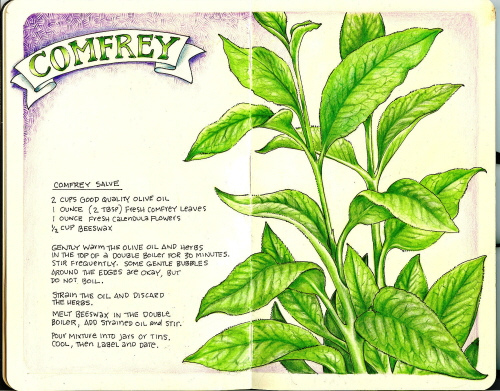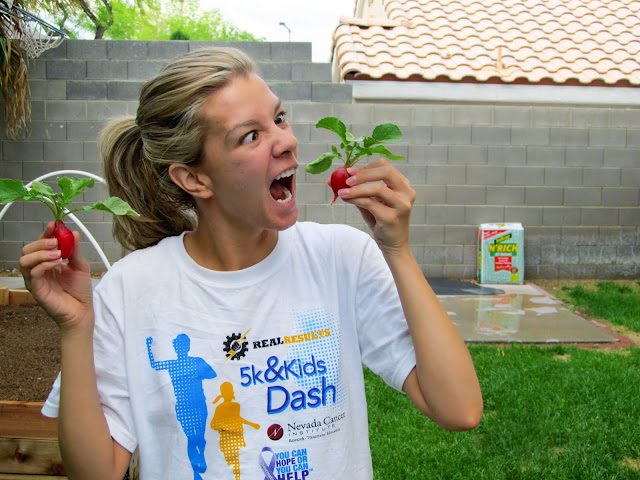An Annual plant is plant that usually germinates, flowers, and dies in a year or season. Many food plants are, or are grown as, annuals, including virtually all domesticated grains. Annuals produce seeds to continue the species as a new generation while the growing season is suitable, and the seeds survive over the cold or dry period to begin growth when the conditions are again suitable. One seed-to-seed life cycle for an annual can occur in as little as a month in some species, though most last several months.
Summer annuals sprout, flower, produce seed, and die during the warmer months of the year. The lawn weed crabgrass is an example of a summer annual.
Winter annuals germinate in autumn or winter, live through the winter, then bloom in winter or spring. The plants grow and bloom during the cool season when most other plants are dormant or other annuals are in seed form waiting for warmer weather to germinate. Winter annuals die after flowering and setting seed. The seeds germinate in the fall or winter when the soil temperature is cool. Winter annuals typically grow low to the ground, where they are usually sheltered from the coldest nights by snow cover, and make use of warm periods in winter for growth when the snow melts.
Some common true annuals are:
Corn
Wheat
Rice
Lettuce
Peas
Watermelon
Beans
Perennials
A Perennial is a plant that lives for more than two years. The term is often used to differentiate a plant from shorter lived annuals and biennials. When used by gardeners, perennial applies specifically to winter hardy herbaceous plants. Scientifically, woody plants like shrubs and trees are also perennial in their habit.
Perennials, especially small flowering plants, grow and bloom over the spring and summer and then die back every autumn and winter, then return in the spring from their root-stock rather than seeding themselves as an annual plant does. These are known as herbaceous perennials.
Perennial plants can be short-lived (only a few years) or they can be long-lived, as are some woody plants like trees which can live for over 4,000 years. Perennials typically grow structures that allow them to adapt to living from one year to the next through a form of vegetative reproduction rather than seeding. These structures include bulbs, tubers, woody crowns, rhizomes plus others. They might have specialized stems or crowns that allow them to survive periods of dormancy over cold or dry seasons during the year. Many perennials, in contrast, have specialized to survive under extreme environmental conditions: some have adapted to survive hot and dry conditions, or to survive under cold temperatures. Those plants tend to invest a lot of resource into their adaptations and often do not flower and set seed until after a few years of growth. Many perennials produce relatively large seeds, which can have an advantage, with larger seedlings produced after germination that can better compete with other plants or more quickly develop leaves.
Perennial Fruits:
Apple
Apricot
Avocado
Banana
Blackcurrant
Blueberry
Currant
Grape
Kiwi
Pear
Persimmon
Pineapple
Plum
Raspberry
Strawberry
Wineberry (Japanese)
Perennial Herbs:
Alfalfa
Basil
Black Pepper
Chives
Dill
Fennel
Garlic
Ginger
Hops
Horseradish
Lavender
Lemon Balm
Mint
Onions
Oregano
Rosemary
Sage
Thyme
Valerian
White Horehound
Yarrow
Perennial Vegetables:
Asparagus
Broccoli
Chicory
Chives
Eggplant
Globe Artichoke
Ground Nut
Jerusalem Artichoke
Lamb's Quarter
Leek
Milkweed
Okra
Potato
Radicchio
Rhubarb
Sea Kale
Spinach
Sweet Potato
Taro
Watercress
Biennials:
A biennial plant is a flowering plant that takes two years to complete its biological life cycle. In the first year the plant grows leaves, stems, and roots (vegetative structures), then it enters a period of dormancy over the colder months. Usually the stem remains very short and the leaves are low to the ground, forming a rosette. During the next spring or summer, the stem of the biennial plant elongates greatly, or "bolts." The plant then flowers, producing fruits and seeds before it finally dies. There are far fewer biennials than either perennial plants or annual plants.
Biennials that are grown for edible leaves or roots are grown as annuals. If a normally biennial plant is grown in extremely harsh conditions, it is likely to be treated as an annual because it will not survive the winter cold. Conversely, an annual grown under extremely favorable conditions may have highly successful seed propagation, giving it the appearance of being biennial or perennial.
Some examples of biennial crops are:
Beets
Brussel Sprouts
Cabbage
Carrots
Celery
Lettuce
Parsley
Swiss Chard












































